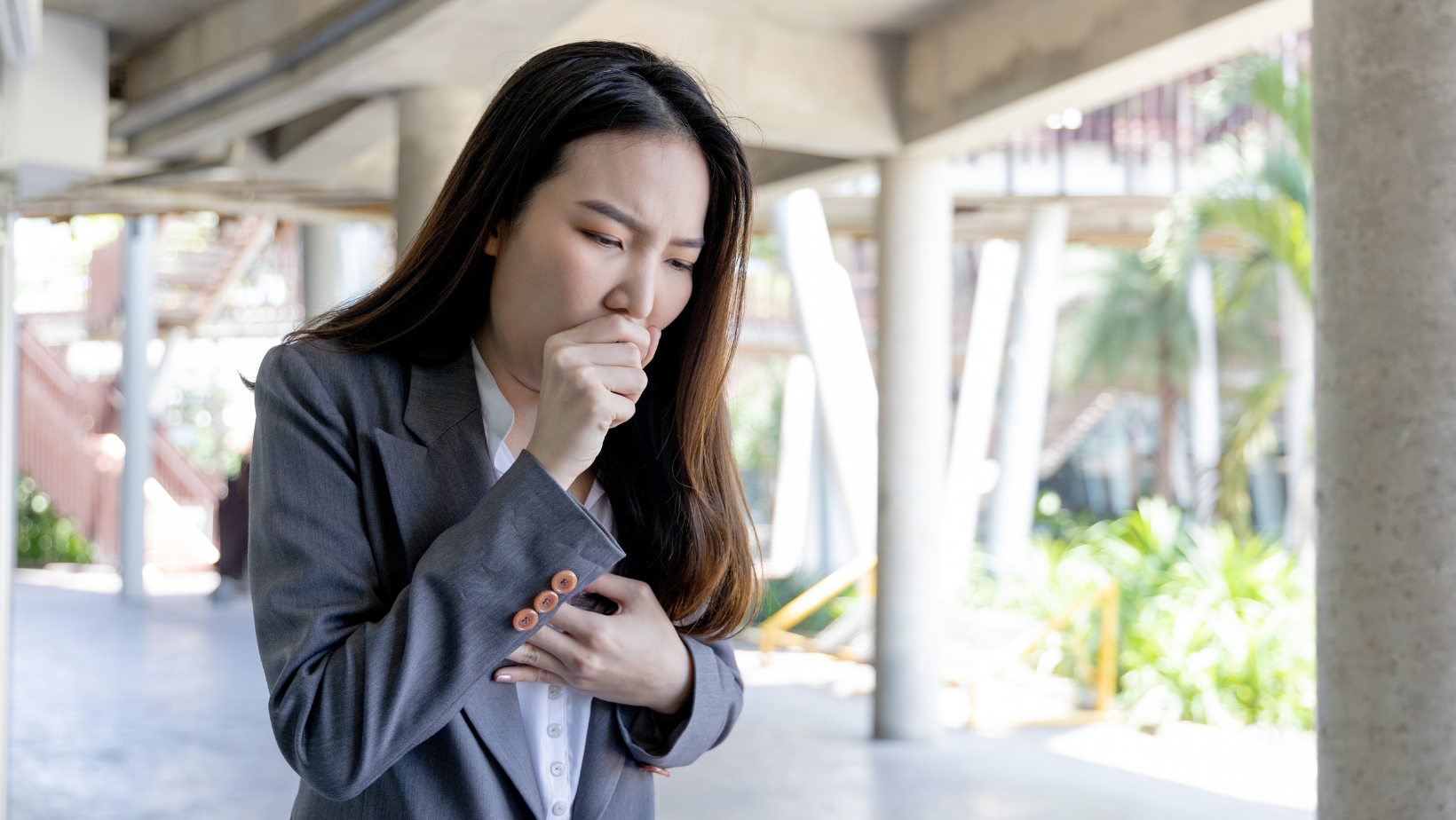Category
Pneumonia is a respiratory condition that can affect individuals of all ages, causing inflammation in the air sacs of the lungs.

Have any questions?
If you have any questions, feel free to contact us at [email protected]. A member of our support team will help you shortly.
Share this blog
Fatigue
Energy
Stress
Sleep
Pneumonia is a respiratory condition that can affect individuals of all ages, causing inflammation in the air sacs of the lungs. While it can range from mild to severe, understanding the symptoms, types, and practical treatment approaches for pneumonia is crucial for prompt intervention and recovery.
Pneumonia can present with various symptoms, often resembling the
flu or a common cold. The hallmark signs include a persistent
cough, shortness of breath, chest pain, and fever. Individuals
with pneumonia may also experience fatigue, muscle aches, and a
phlegmatic cough producing green or yellow mucus.
In more severe cases, pneumonia can lead to complications such as
confusion, a bluish tint to the lips or nails (indicative of a
lack of oxygen), and difficulty breathing. It is important to note
that symptoms may vary based on the cause of pneumonia, the
individual's overall health, and whether the infection is
community-acquired or hospital-acquired.
Pneumonia can be categorized into different types based on its
origin and the populations it affects:
Community-acquired pneumonia (CAP) is the most common type and
refers to infections acquired outside healthcare settings.
Bacteria, viruses, fungi, or other microorganisms can cause CAP.
The treatment of pneumonia depends on its underlying cause, severity, and the individual's overall health. Common approaches include:
Preventing pneumonia involves adopting healthy lifestyle habits and vaccination:
Pneumonia, while potentially serious, is a treatable and preventable respiratory condition. Recognizing the symptoms, understanding the types of pneumonia, and seeking timely medical attention are crucial to ensuring effective treatment. Additionally, adopting preventive measures, including vaccination and maintaining overall health, is vital in reducing the risk of pneumonia and its complications. If you suspect you or someone you know may have pneumonia, seeking prompt medical care is essential for a thorough evaluation and appropriate treatment.